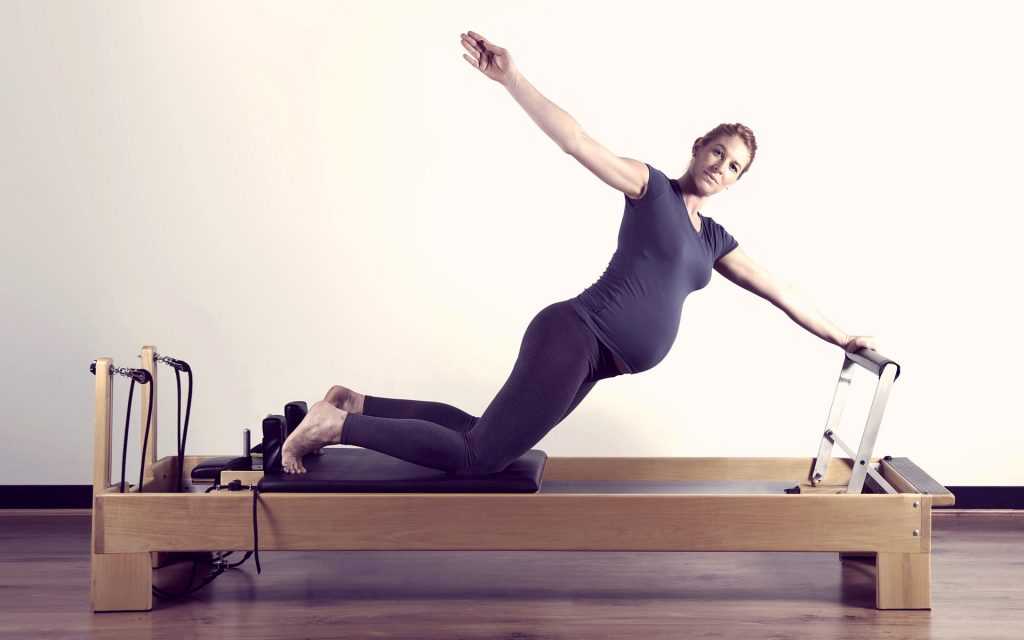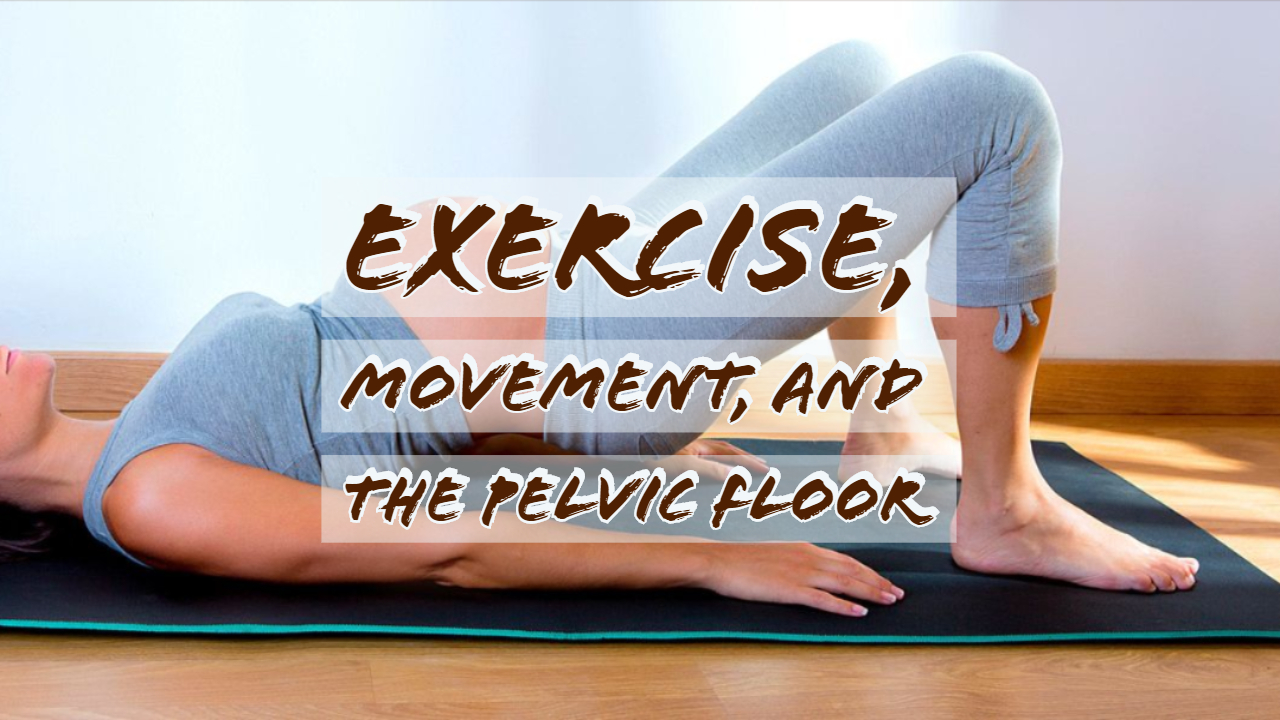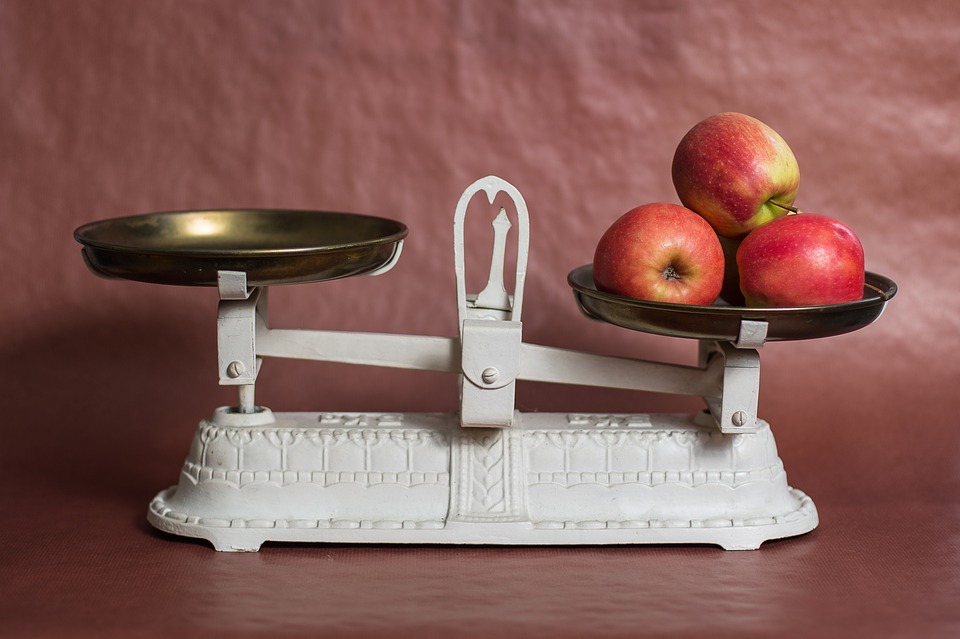In this post, we are going to talk about what are the recommended exercises, all about the pelvic floor and how can you protect it?
What type of exercise are you allowed to do?

Cardio
The increased demand that the heart has to pump. So you need to keep your heart healthy during pregnancy. You do this by doing cardio. It can be done with swimming walking. Anything that gets your heart beat up a little bit and keeps it up for about half an hour.
Pilates
Pilates is a great form of exercise to do especially in the first trimester. If there’s a class in your area would highly encourage that. During the second trimester, it might start causing a little bit of stomach pain. This can be something that you want that you should avoid especially during the second and third trimester of pregnancy.
If you’re taking a Pilates class that it’s directed towards pregnant women and that’s great you can continue doing that. But if you’re doing a regular Pilates class with other people who are not pregnant then you probably want to scale back or make sure that you’re doing things that are more directed towards pregnancy later on in the pregnancy especially.
General recommendations
The general recommendations are to get half an hour of cardio exercise done every day.
What shouldn’t you do even if you were doing it before pregnancy? You shouldn’t be lifting heavy weights and especially aerobic exercise is that you are doing sprints anything that really causes the heart rate to increase or that you can work your muscles very hard. You should scale back on and do a little bit later. Try to do more reps with lighter weights. That could be something that can really help you during pregnancy.
All about the pelvic floor, and how to protect it?

Now the organs inside your pelvis are not very heavily attached to anything but they’re being held up by muscles just underneath them. This is referred to as the pelvic floor. It’s talking about the floor holding up the organs in your pelvis.
If it gets too weak which can happen over time and with a few things that you mention it can cause things like urinary incontinence. It can also cause prolapse of some of the organs to lay down through a little bit lower than they’re used to which can cause a few problems. This is why it’s so crucial to keep your pelvic floor intact. No plates when you’re preparing for pregnancy as one of the great things that you can do with this.
Another thing you can do however is to refrain from it being damaged or stretched too much uncontrollably. When does this happen? For example, if you need to sneeze and as you’re about to let out a big heavy sneeze you keep it in. Where does this pressure go? It’s a bunch of pressure that’s built up inside of you and it pushes down on the pelvic floor. Distending a little bit and this can make it weaker. If you need to sneeze, let it out. This is going to actually protect your pelvic floor.
Two more things to think about which is kind of the same action is
When you’re going to the bathroom. If you have a bowel movement and you’re pushing to get it out especially if you’re constipated or it’s a little bit harder bowel movement. You should never push without letting a little bit of air out of your mouth. If you’re pushing without letting the air out of your mouth. You’re putting too much pressure on the pelvic floor. So when you’re going to the bathroom you can practice either letting a small low pitched sound like you or a little bit of air. This will reduce some of the pressure you’re putting on your pelvic floor.
Lastly, I want to talk about pushing during birth. This is something that could damage the pelvic floor and if it gets damaged it could have implications for the rest of your life. So just like I mentioned in what you’re pushing. Well put it we’re going through a bowel movement. Also when you’re pushing as you’re giving birth you want to have some sort of air or sound coming out of your mouth too. Make sure you’re not putting too much pressure on the pelvic floor.
So as you’re practicing in the bathroom you’re actually practicing for the birth itself and pushing while you’re giving birth. Again make a low pitched sound if you want to as you’re pushing or let out a little bit of air, as you push. Now, this is something that your partner can help you with as you’re giving birth. They should be there to remind you not to push by keeping all of that pressure locked up inside of you. By letting out a little bit of air through your mouth with either a sound or just with the stream of air.



